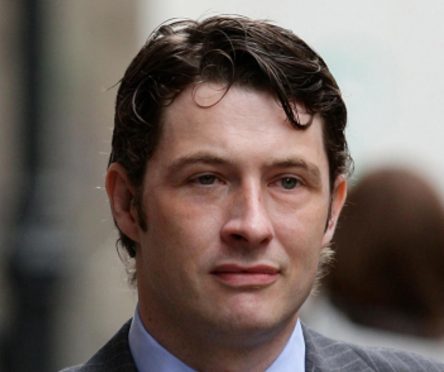A petition calling for a north-east doctor to be reinstated after he lied about the mistreatment of prisoners during the Iraq war has been lodged with Parliament.
Former army medic Derek Keilloh was struck off in 2012 over his role in a cover-up after detainee Baha Mousa was brutally beaten by British soldiers.
Keilloh, 41, was just eight weeks into his job with the Queen’s Lancashire Regiment (QLR) when he was sent to Iraq.
Aged just 28, he took charge of the QLR medical team at its HQ in the former headquarters of Saddam Hussein’s Baath Party in war-torn Basra City.
Insurgents had killed several QLR soldiers in the city and Operation Salerno was launched against Saddam loyalists.
Mr Mousa and other detainees were brought in for questioning after being arrested at the Ibn Al Haitham hotel in Basra early in the morning on September 14, 2003.
Mr Keilloh was summoned from his medical post at about 9.30pm the next day to go to the detention area after Mr Mousa had “fallen and collapsed”.
The hotel worker was declared dead at 10.05pm after Mr Keilloh and his team tried for half an hour to resuscitate him.
The young doctor was alleged to have said he only saw dried blood around the victim’s nose, but Mr Mousa had in fact suffered 93 injuries, including fractured ribs and a broken nose following a brutal beating by British soldiers.
Mr Keilloh was found to have repeatedly lied to Army investigators about the Iraqi’s injuries and stuck to his story during subsequent courts martial and a £13million public inquiry.
Following a marathon 47-day hearing in front of the Medical Practitioners Tribunal Service at the end of 2012, Mr Keilloh – who lived at Bieldside – was found guilty of a series of failures following Mr Mousa’s death.
Although acknowledging that he was inadequately trained for the job and had been given little support in a chaotic setting, the tribunal ruled he must have seen the injuries and had a duty, as a doctor, to act.
The panel questioned his honesty and “probity” after he lied throughout investigations and ruled that he did not do enough to protect other detainees from further mistreatment – breaking a “fundamental tenet” of the medical profession.
Prime Minister David Cameron said the Army doctor’s actions had been “appalling”.
The petition calling for a review of his case was presented to the chamber by Richmond MP Rishi Sunak on Tuesday.
